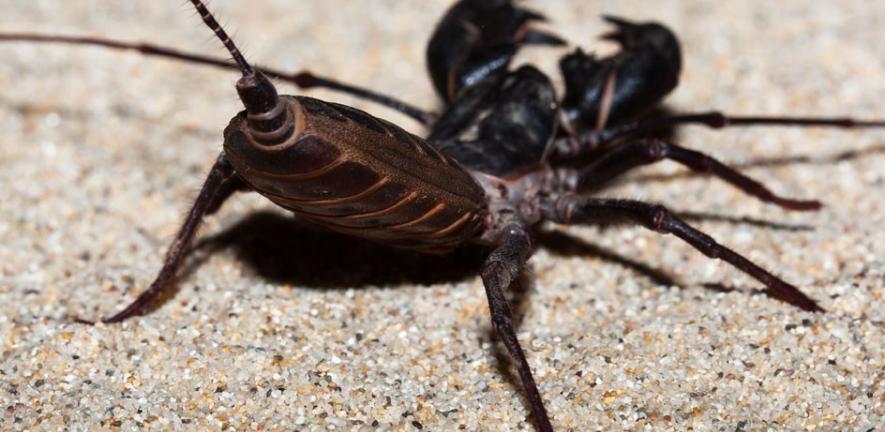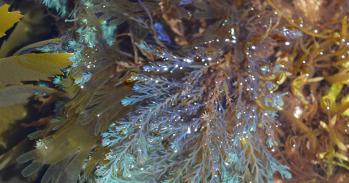
Froghoppers, the champion jumpers of the insect world, can leap 100 times their body length by using a structure similar to an archer's bow.
Froghoppers, the champion jumpers of the insect world, can leap 100 times their body length by using a structure similar to an archer's bow.
When the froghopper contracts its muscles to jump, these arches flex like a composite archery bow and then recoil to catapult it forwards with a force that can be over 400 times its body mass.
Professor Malcolm Burrows
Researchers at the Department of Zoology found that the insects can jump over two feet by flexing bow like structures between their hind legs and wings and releasing the energy in one giant leap in a catapult-like action.
When the insects, just 7mm long, leap the energy released creates a g-force of 400-500 g, humans experience 3 g during a rocket launch and usually pass out at 5 g.
Professor Malcolm Burrows, who lead the research, looked at how froghoppers generate the energy for these jumps: "A froghopper stores energy by bending a paired bow shaped part of its internal skeleton called a 'pleural arch' which is a composite structure made of layers of hard cuticle and a rubbery protein called resilin.
"When the froghopper contracts its muscles to jump, these arches flex like a composite archery bow and then recoil to catapult it forwards with a force that can be over 400 times its body mass."
Publishing their research in the online journal BMC Biology, they also found that froghoppers are able to hold the pleural arch in a bent 'ready position', able to jump at a moments notice, for an extended time and are able to jump repeatedly without damaging their body.
This ability draws further parallels with the composite bows used in archery. The composite structure of their skeleton, of a hard and an elastic material, means that a froghopper can resist damage even if they hold the position for an extended time.
Froghoppers are commonly known as spittlebugs for the way their nymphs live in a protective white foam, the common spit that appears on plants in spring.
To watch a video of the froghopper jumping, click on the 'Watch video' link at the upper right hand side of this page.
This work is licensed under a Creative Commons Licence. If you use this content on your site please link back to this page.





